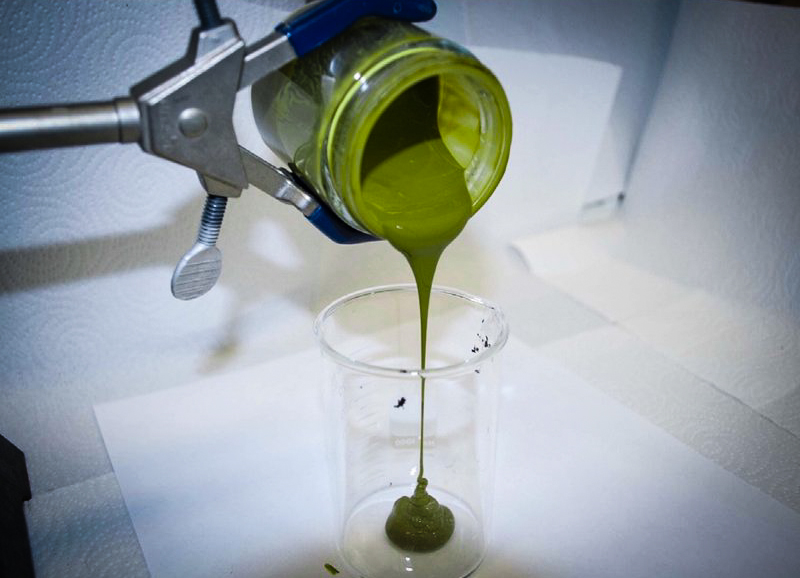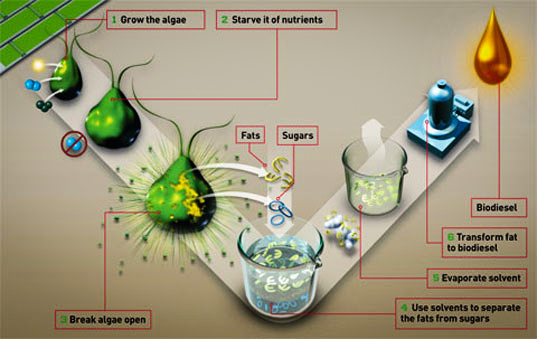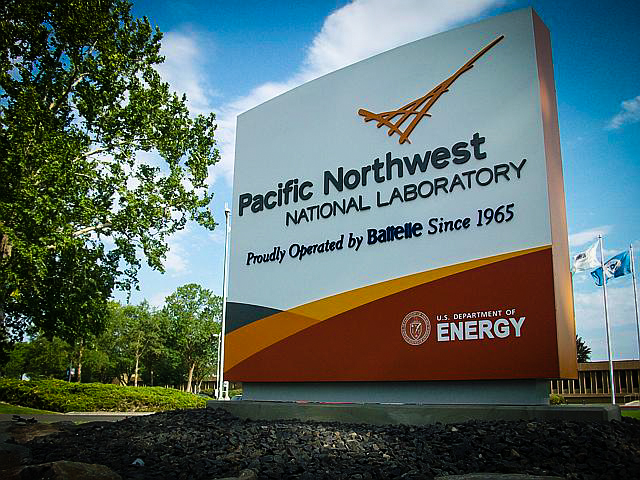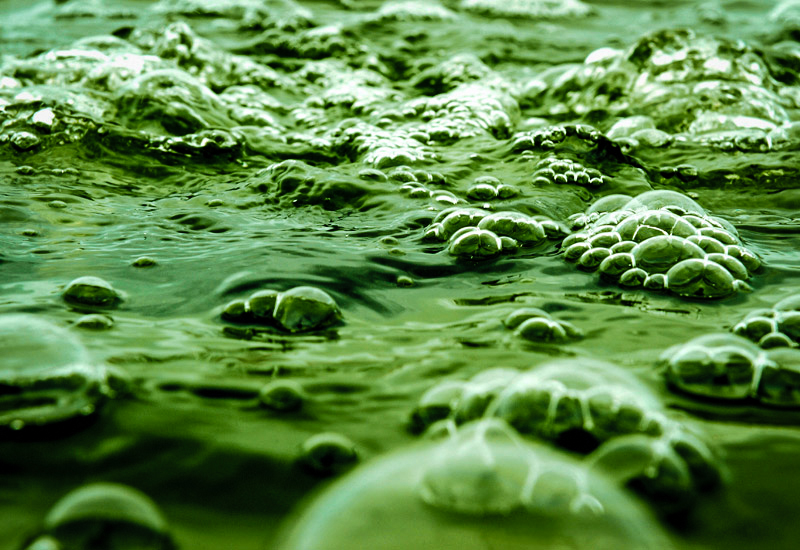BY: EMMA MCINTOSH
Turning algae into crude oil is a process that is so inexpensive that the fuel could be sold for as low as $2 per gallon, according to a study done by the Pacific Northwest National Laboratory that was partially funded by the US Department of Energy.
“The conventional way, or the way people thought about it for the last 20 or 30 years has been the idea to grow an algae that makes lipids…much like soybean or corn oil, and then recover the oil, then make that into a biodiesel,” said the scientist leading the project, Douglas Elliott. “The question has been how to make the algae grow more and more lipids, and the main way to do that is to starve it, to stress it into a condition where it would make lipids instead of making other structures, but that also means the algae is shutting down. It’s less productive.”

“By doing this process we get a much higher yield of hydrocarbon products out than you get with the other method,” said Elliott. “We think we have a much more flexible process because we can do this with any kind of algae, it’s just a matter of growing whatever wants to grow in that particular environment.”
Even the waste products from this method are cleaner. Besides the crude oil, the PNNL’s technology produces water and nutrients that can be used to grow more algae.
Elliott’s team isn’t the first to make algae biofuel this way—various universities have done it in small batches. The PNNL’s tests are different.
“We have an actual process running,” Elliott said. “A small-scale process, but it’s at least a continuous process where we can get design data for building a real process at a larger scale.”
An algae biofuels company called Algenol has had a pilot plant running since 2013 in Florida. They estimate that they could produce 8,000 gallons of fuel per acre, per year at a cost of only $1.30 USD per gallon. Their website says they aim to move to commercial production in 2015.

Elliot says one missing piece is where to get all the algae. In North America especially, the climate can be an obstruction to higher yields. He says the most viable places to grow it outdoors are closer to the equator.
“The Canadian government is somewhat interested in this idea,” Elliott said. “To be honest, I don’t know why, because I don’t think growing algae [for fuel production] in Canada is ever going to make sense. The sun just doesn’t shine up there as much directly…the growing season would be much shorter.”

“It can’t be done [on a backyard scale], it will never be economical to make fuel from algae that way in such small quantities. It will have to be done on a much larger scale to make sense with this technology anyway,” said Elliott. “It will all depend on cost in the end. That’s what everything is driven by in our country, cost, it seems. The market determines what is valuable and what isn’t.”


